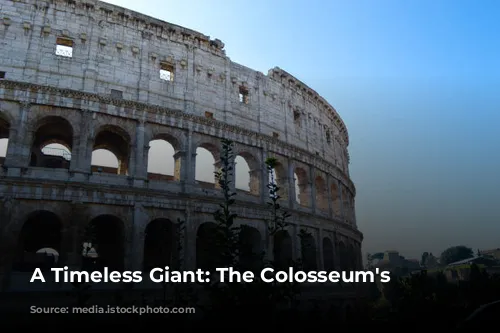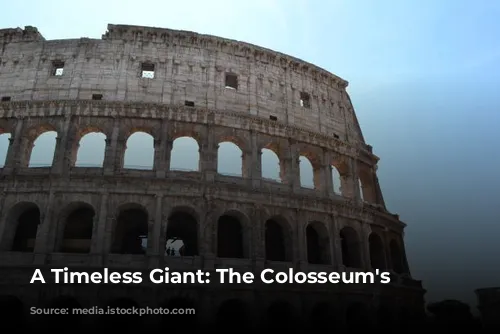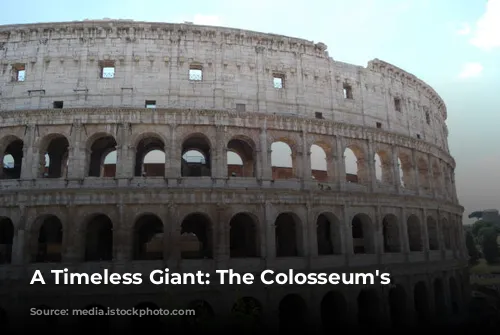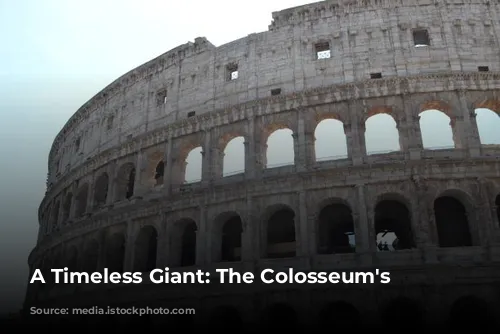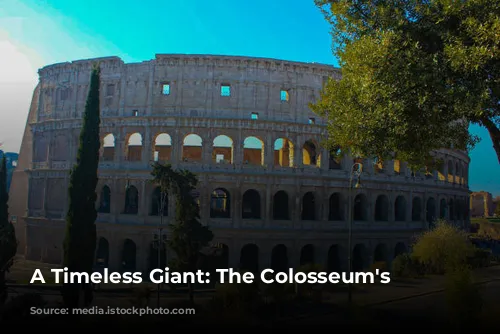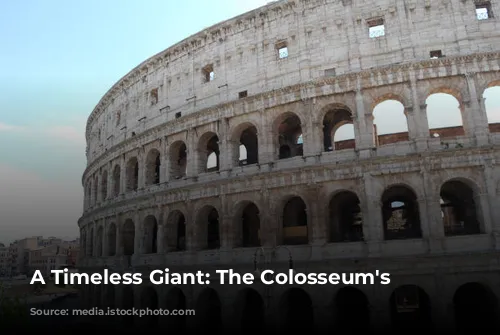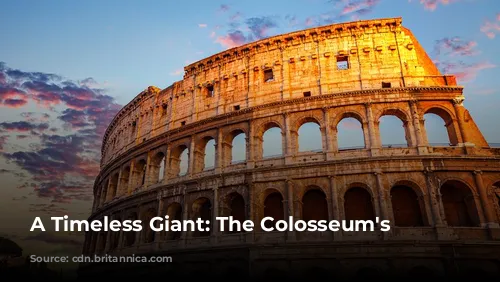The Colosseum, a magnificent testament to ancient Rome’s prowess, stands today as one of the few largely untouched remnants of the Roman Empire. This iconic structure not only serves as a breathtaking relic of the past but also as a major driver of tourism revenue for the Italian government. In 2018, the Colosseum, alongside the Roman Forum and Palatine Hill, generated a staggering $63.3 million (€53.8 million), claiming the top spot among Italy’s tourist attractions.
A Turbulent Past, a Resurgent Future
The Colosseum’s story is one of resilience, reflecting the ebb and flow of history. After the decline of the Western Roman Empire, the Colosseum fell into a state of serious disrepair. The 12th century witnessed the Frangipane and Annibaldi families transforming the arena into their fortified stronghold. In the late 15th century, Pope Alexander VI granted permission for the Colosseum to be used as a quarry, stripping it of its architectural grandeur.
However, after over a millennium of neglect, the 1990s saw the dawn of state-funded restoration efforts. The Colosseum, once a symbol of the fallen empire, began its journey towards regaining its former glory.
A Vision of Entertainment and Power
The Colosseum’s construction arose from an imperial endeavor to revive Rome after the tumultuous “Year of the Four Emperors” in 69 CE. Like other amphitheatres, Emperor Vespasian envisioned the Colosseum as a center for grand entertainment, hosting thrilling gladiator combats, exhilarating animal hunts, and even awe-inspiring mock naval battles.
From Plunder to Monument
Construction of the Colosseum commenced under Emperor Vespasian, spanning from 70 to 72 CE. Its completion was marked by a grand dedication ceremony in 80 CE, presided over by Vespasian’s son and successor, Titus. The fourth story of the Colosseum was added by Emperor Domitian in 82 CE. Notably, the arena was financed by the spoils taken during Titus’s conquest of Jerusalem in 70 CE, built by enslaved Jews from Judaea.
A Colossal Feat of Engineering
The Colosseum, also known as the Flavian Amphitheatre, stands as a magnificent example of Roman architectural prowess. This elliptical structure, crafted from stone, concrete, and tuff, rises to a height of four stories. It boasts impressive dimensions of 620 by 513 feet (189 by 156 meters) and could accommodate a staggering 50,000 spectators. The Colosseum, renowned for its gladiatorial combats, remains a powerful symbol of Roman power and spectacle.

A Symbolic Site, A Grand Stage
The Colosseum’s construction holds symbolic significance. It was built on the grounds of Nero’s Golden House, replacing the palace complex’s artificial lake. This decision was both practical and symbolic. Vespasian, who ascended to the throne from humble beginnings, chose to replace the tyrannical emperor’s private lake with a public amphitheater, demonstrating a commitment to the Roman people and showcasing their collective power.

A Monument of Scale and Innovation
The Colosseum, unlike its predecessors, stands as a freestanding structure, defying the reliance on hillsides for support. This marvel of engineering utilizes a sophisticated system of barrel vaults and groin vaults, reaching an impressive size of 620 by 513 feet (189 by 156 meters). The lower three stories feature arcades framed by engaged columns in the Doric, Ionic, and Corinthian orders. This ascending arrangement of columns laid the foundation for the Renaissance codification of the “assemblage of orders.” The Colosseum’s construction material reveals its grandeur: travertine for the main structural framework and facade, volcanic tufa for the secondary walls, and concrete for the inner bowl and arcade vaults.
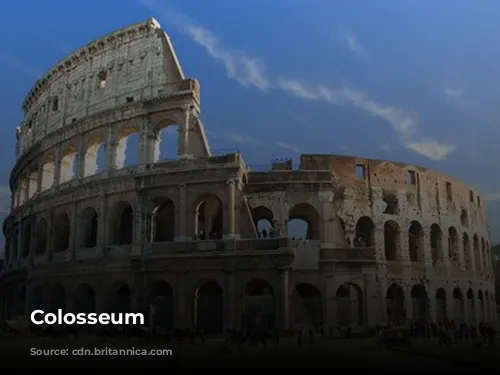
A World of Spectacle
The Colosseum offered its 50,000 spectators a remarkable experience, shielded from the sun by a massive retractable velarium (awning). The velarium, supported by masts extending from corbels, required hundreds of Roman sailors to manipulate its intricate rigging. The Colosseum witnessed countless gladiatorial battles, contests between humans and animals, and even elaborate mock naval engagements. While the arena’s involvement in the martyrdom of early Christians remains uncertain, its role as a stage for captivating spectacles is undeniable.
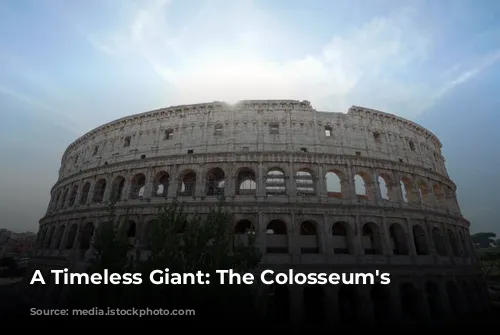
A Journey from Glory to Revival
During medieval times, the Colosseum served as a church and then as a fortress for influential Roman families like the Frangipane and Annibaldi. It suffered damage from lightning, earthquakes, and most severely, vandalism and pollution. The once-ornate marble seats and decorative materials were stripped away, leaving the Colosseum a mere quarry for over a millennium. In the 19th century, preservation efforts began, spearheaded by Pope Pius VIII. The 1990s witnessed a significant restoration project. Today, the Colosseum stands as one of Rome’s most beloved tourist attractions, welcoming nearly seven million visitors annually. Rotating exhibitions shed light on ancient Roman culture, keeping the spirit of this magnificent monument alive.
The Colosseum, standing as a testament to the might of ancient Rome and the resilience of time, continues to captivate visitors with its grandeur and its enduring story.
